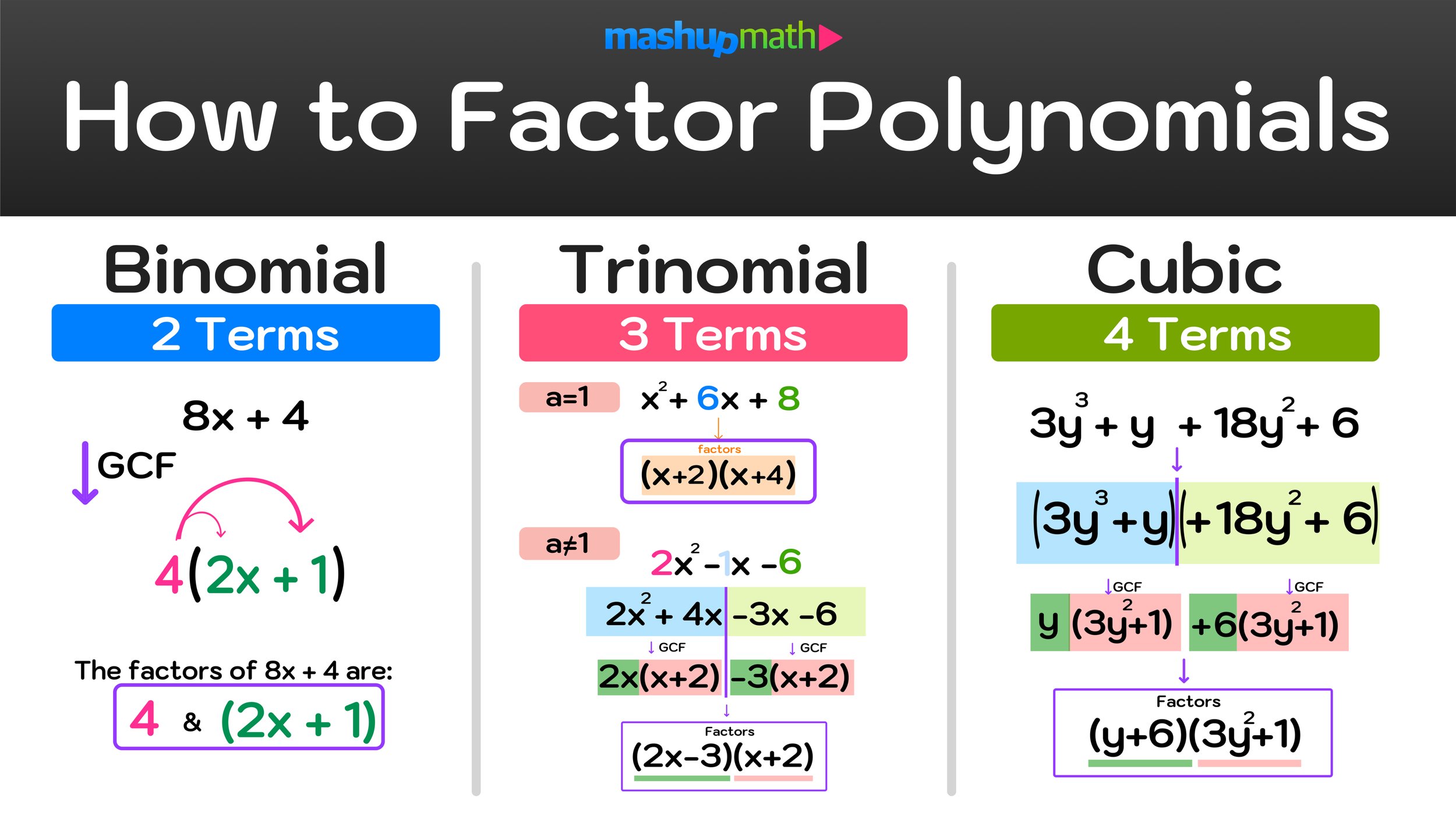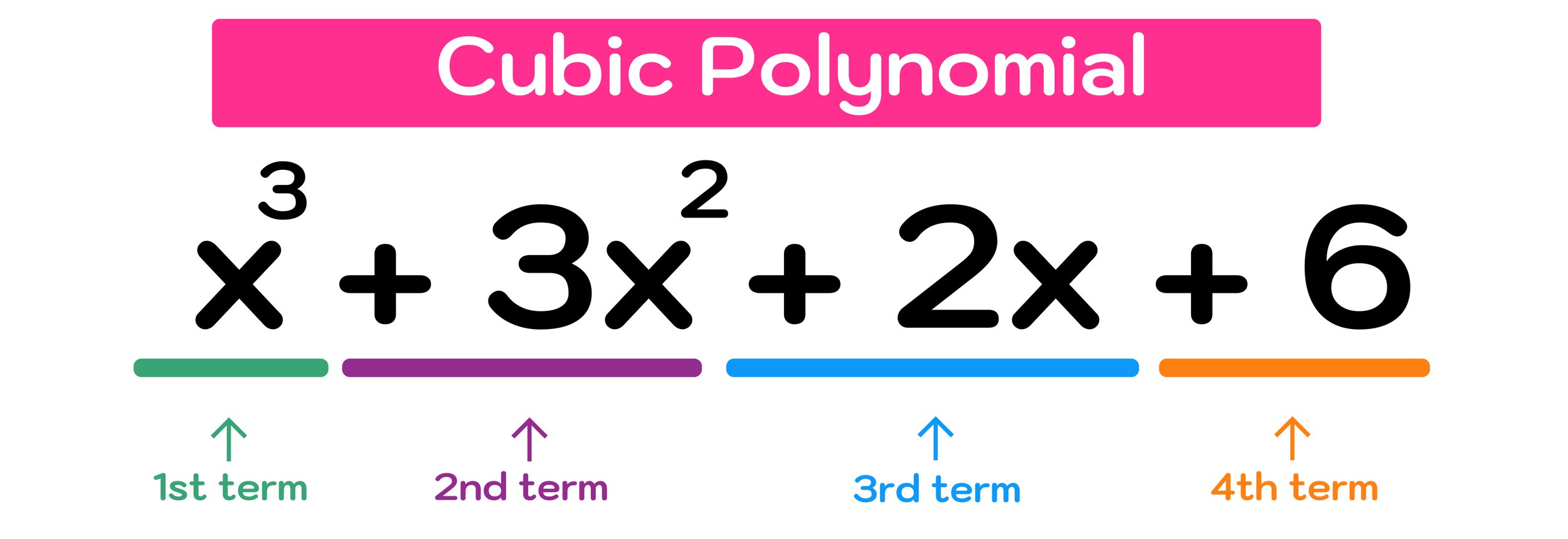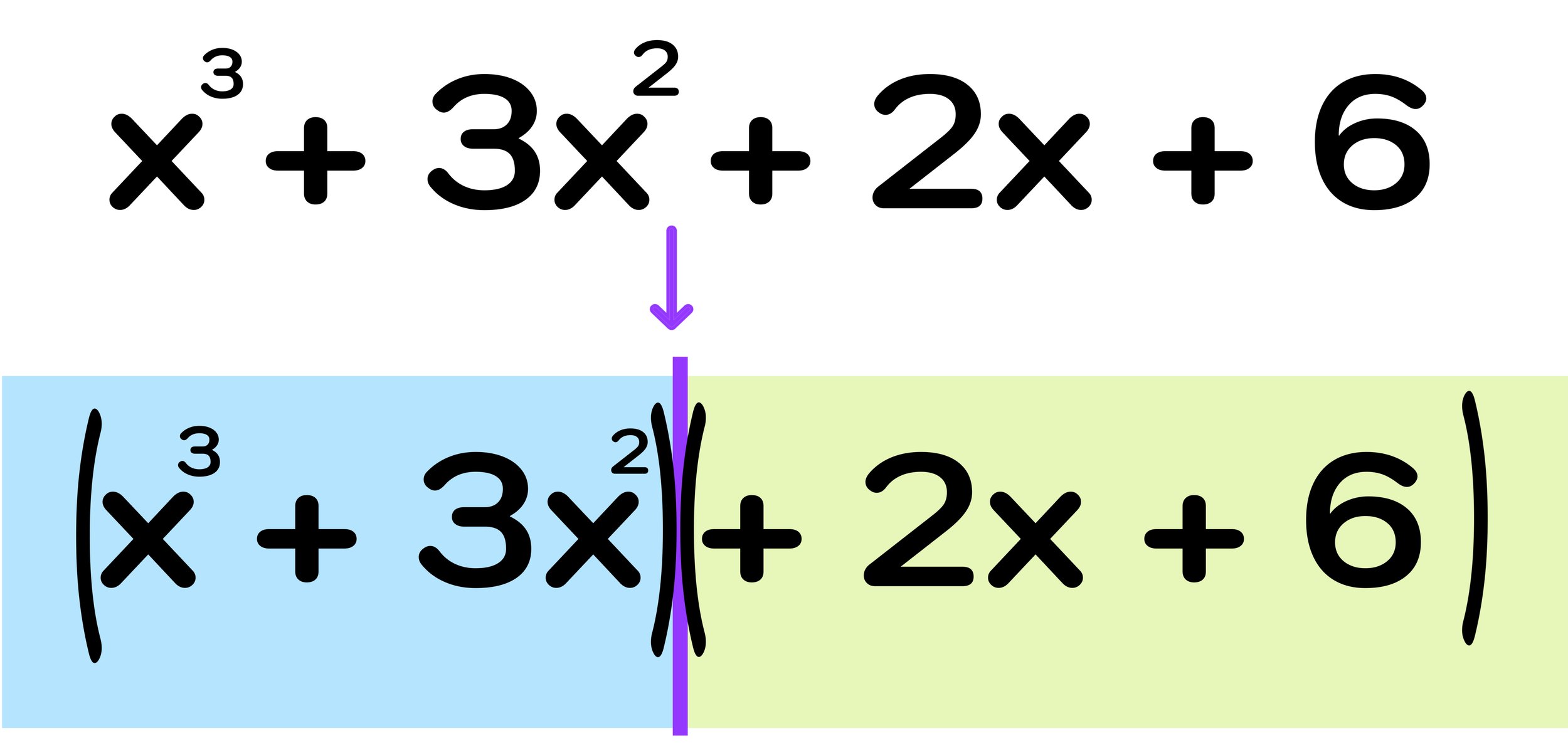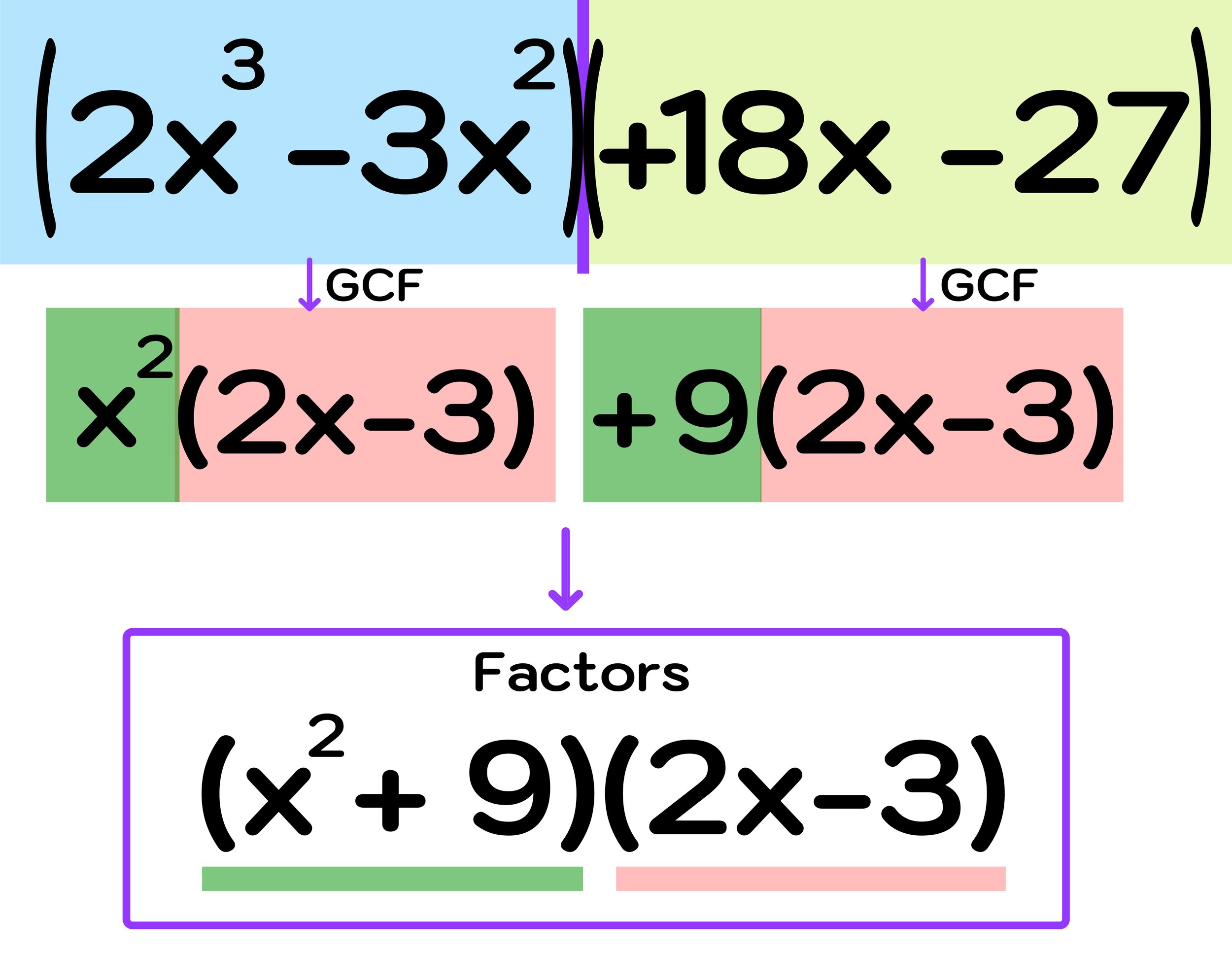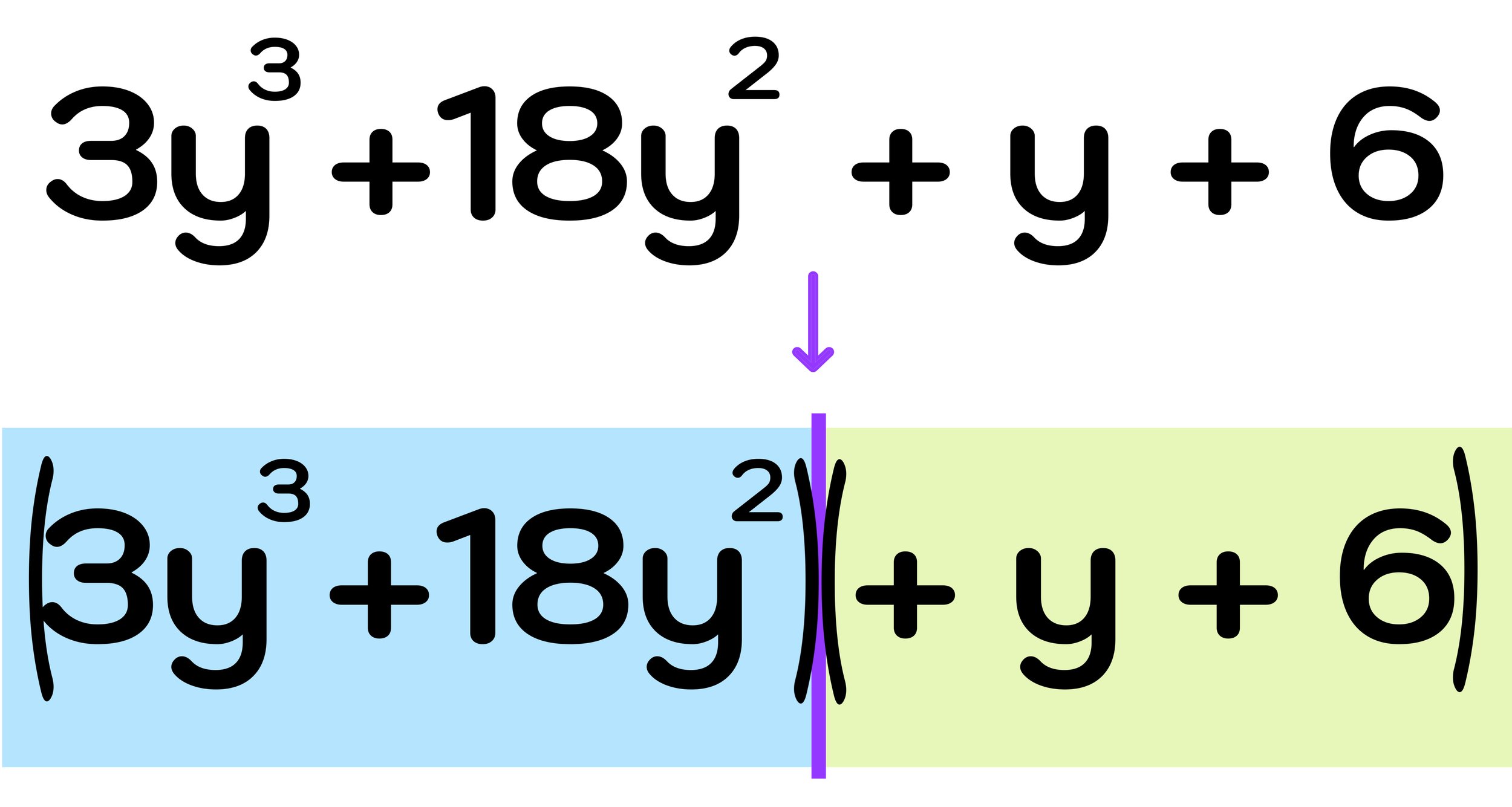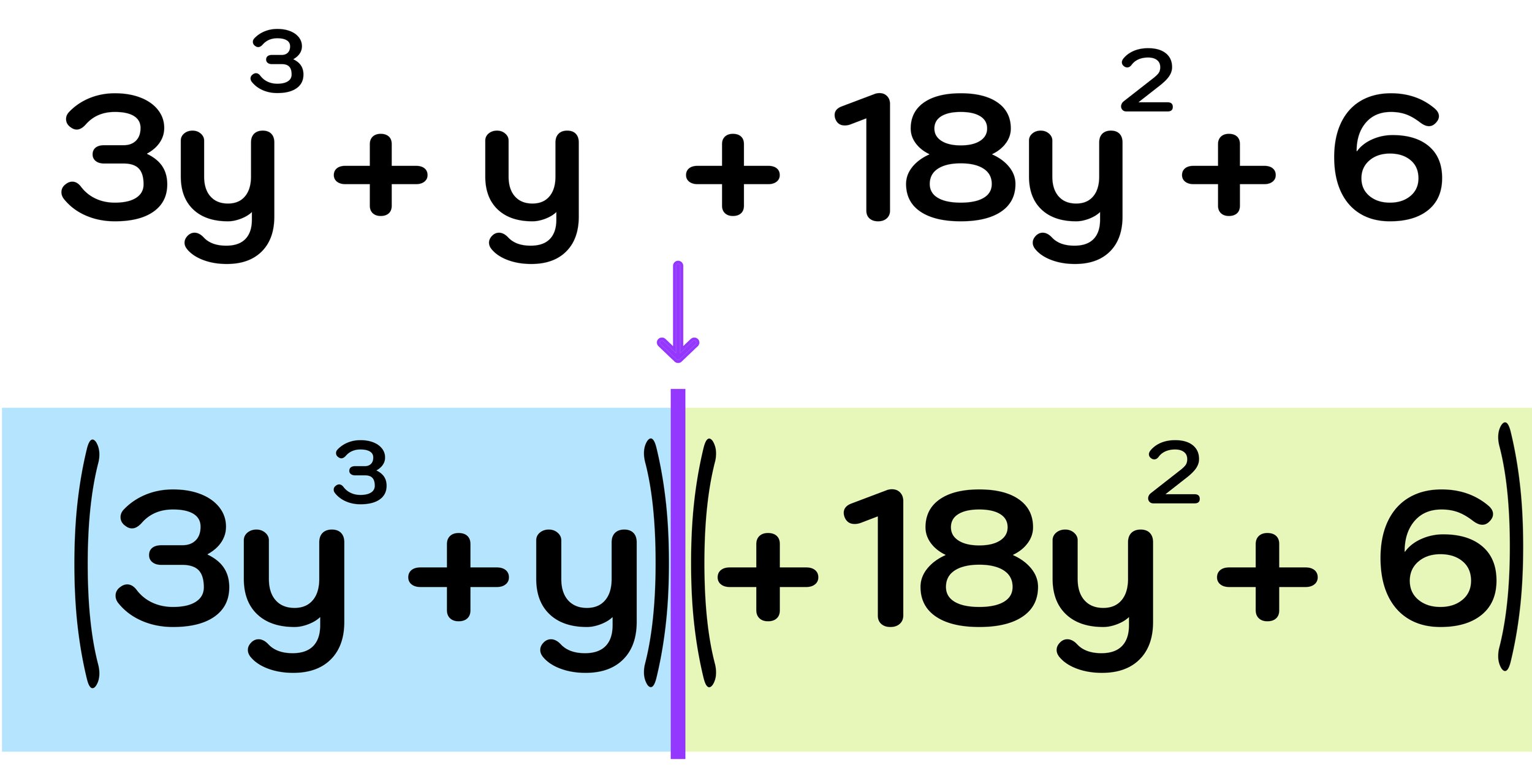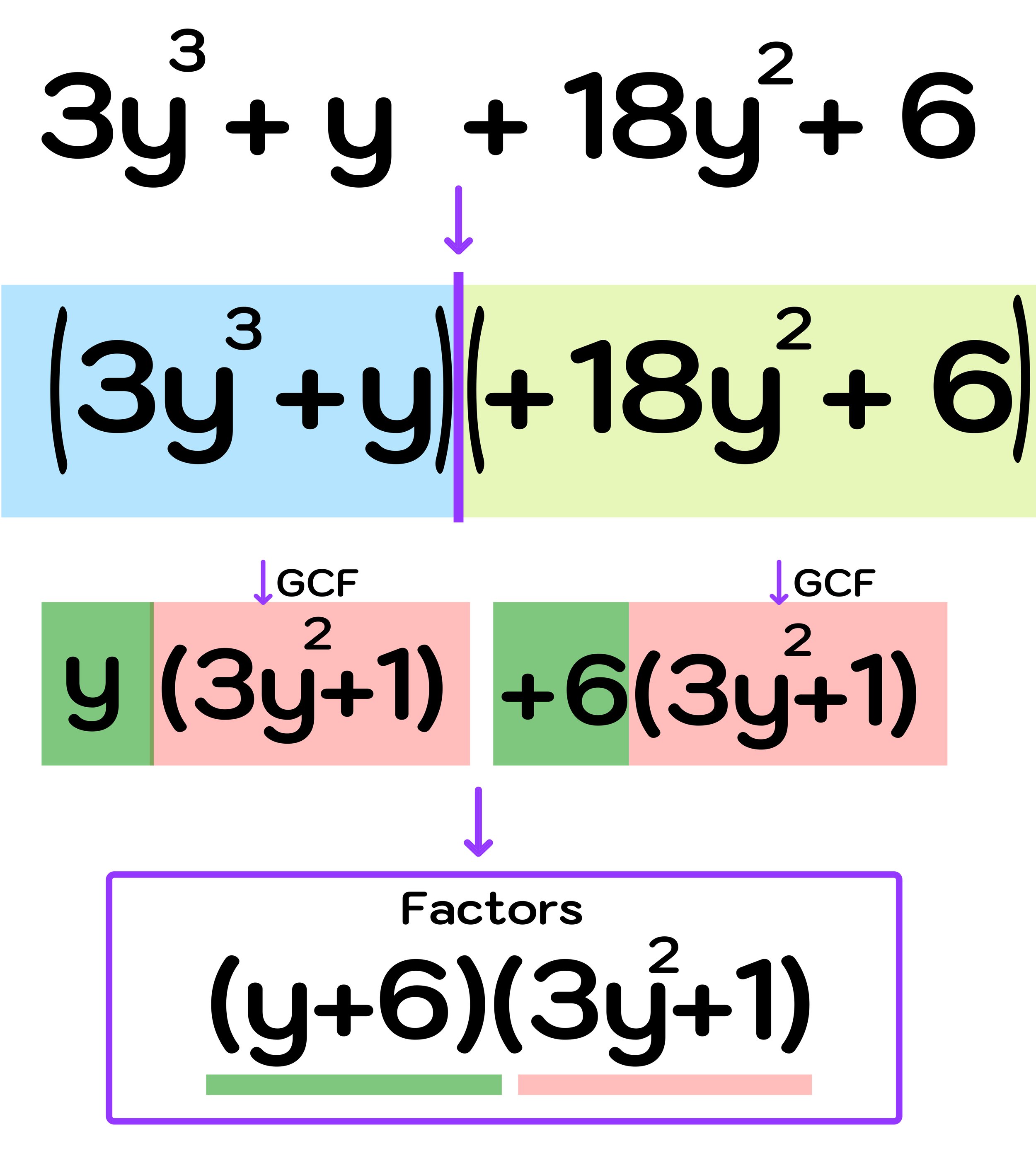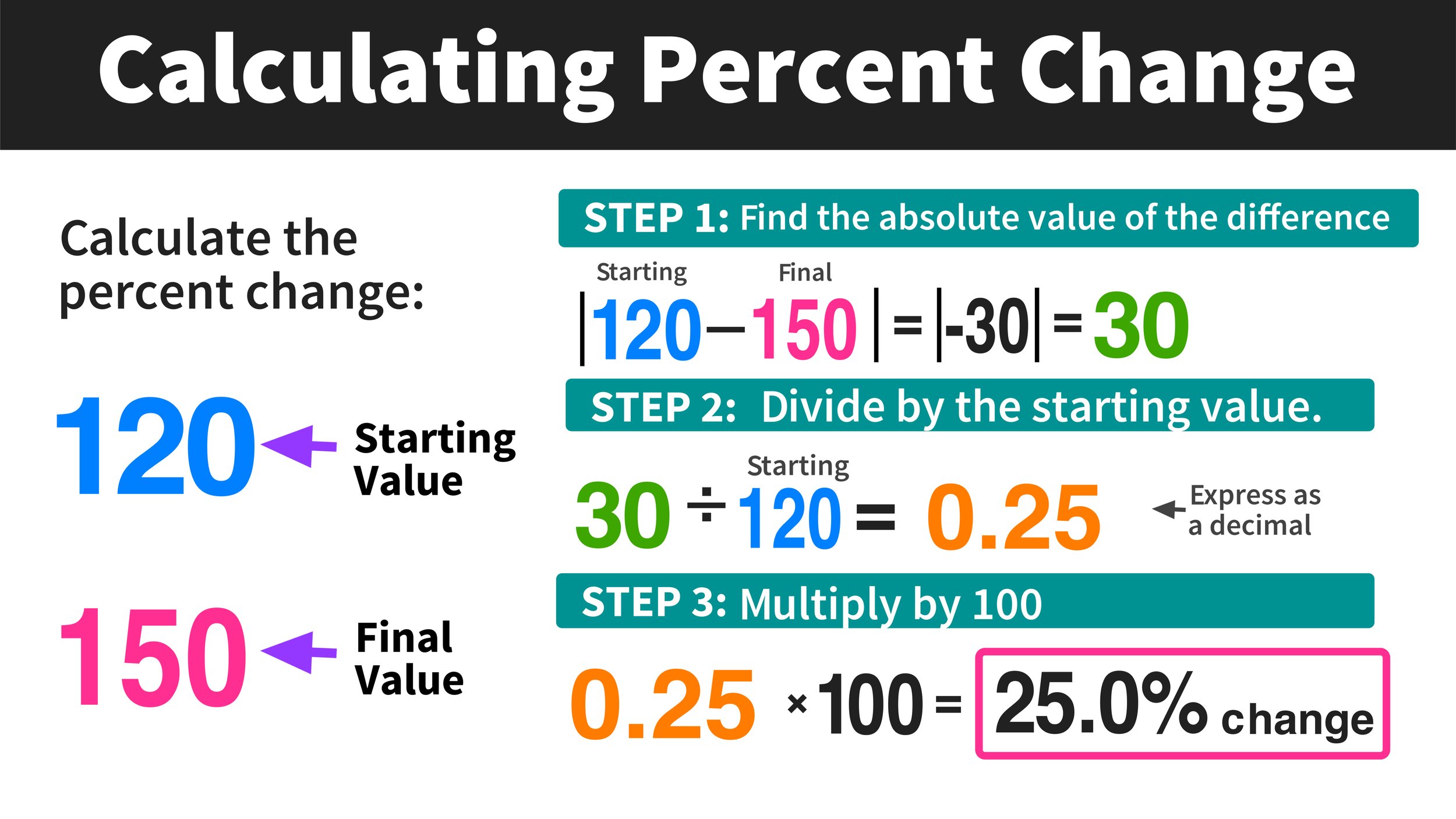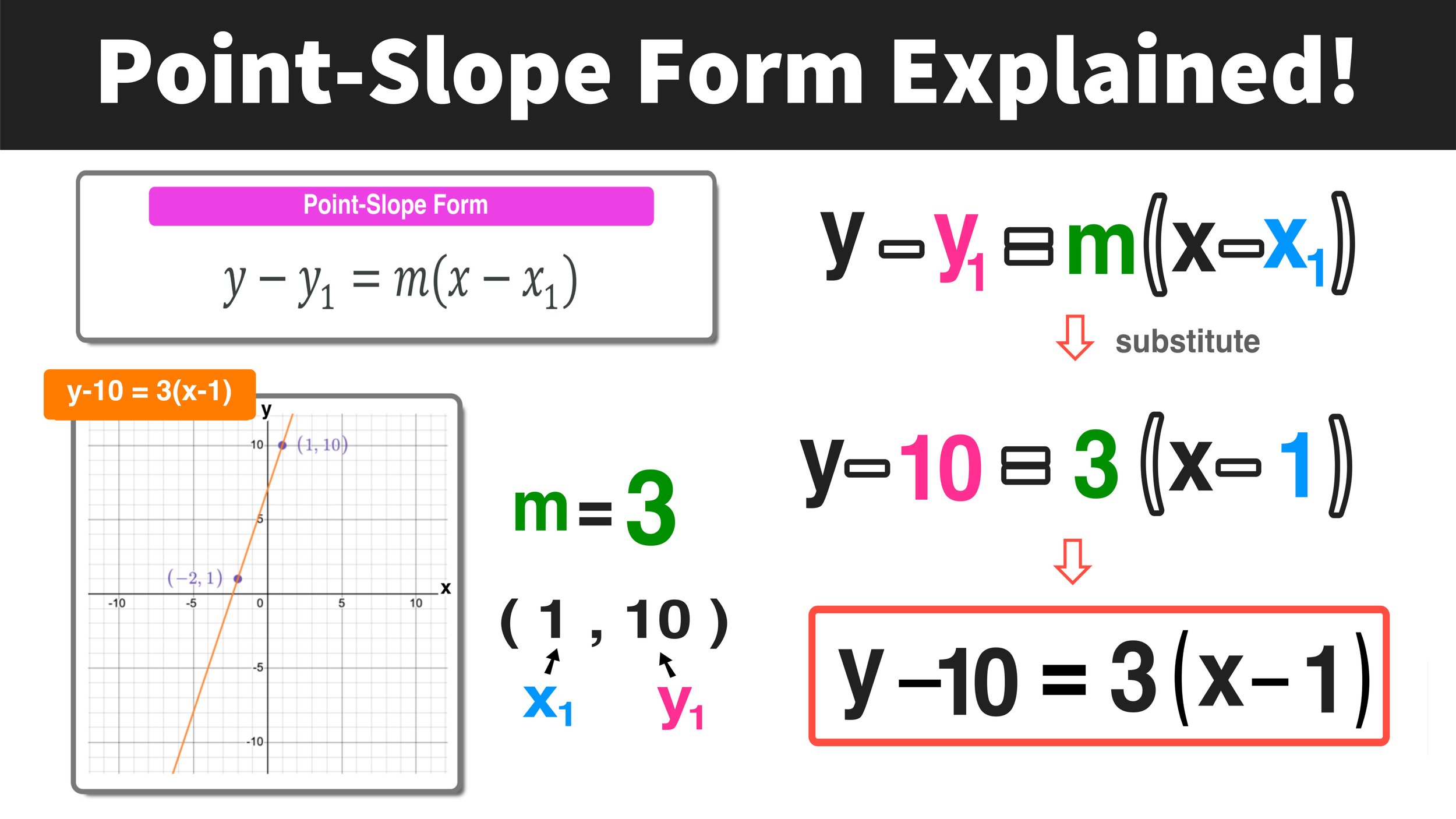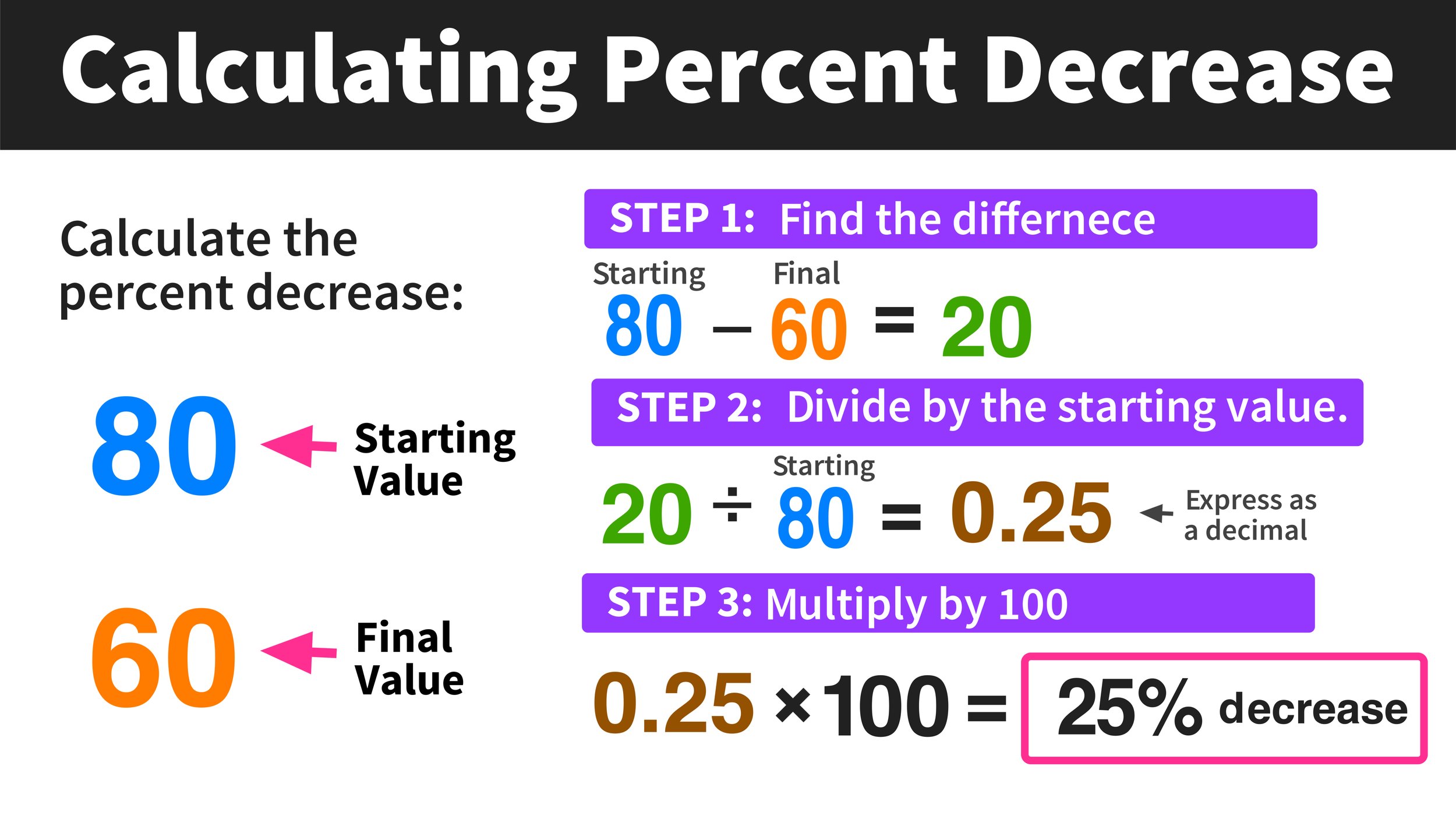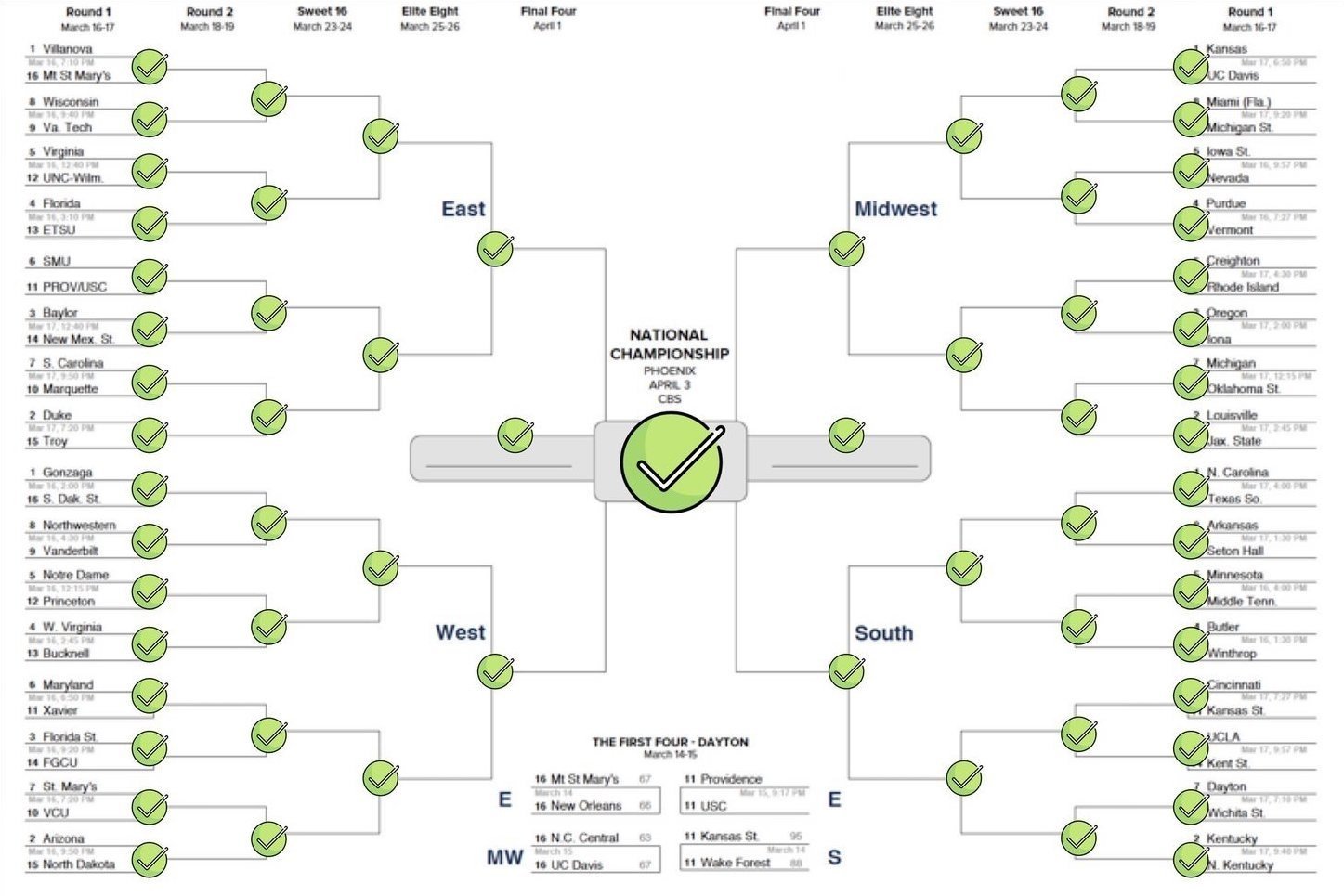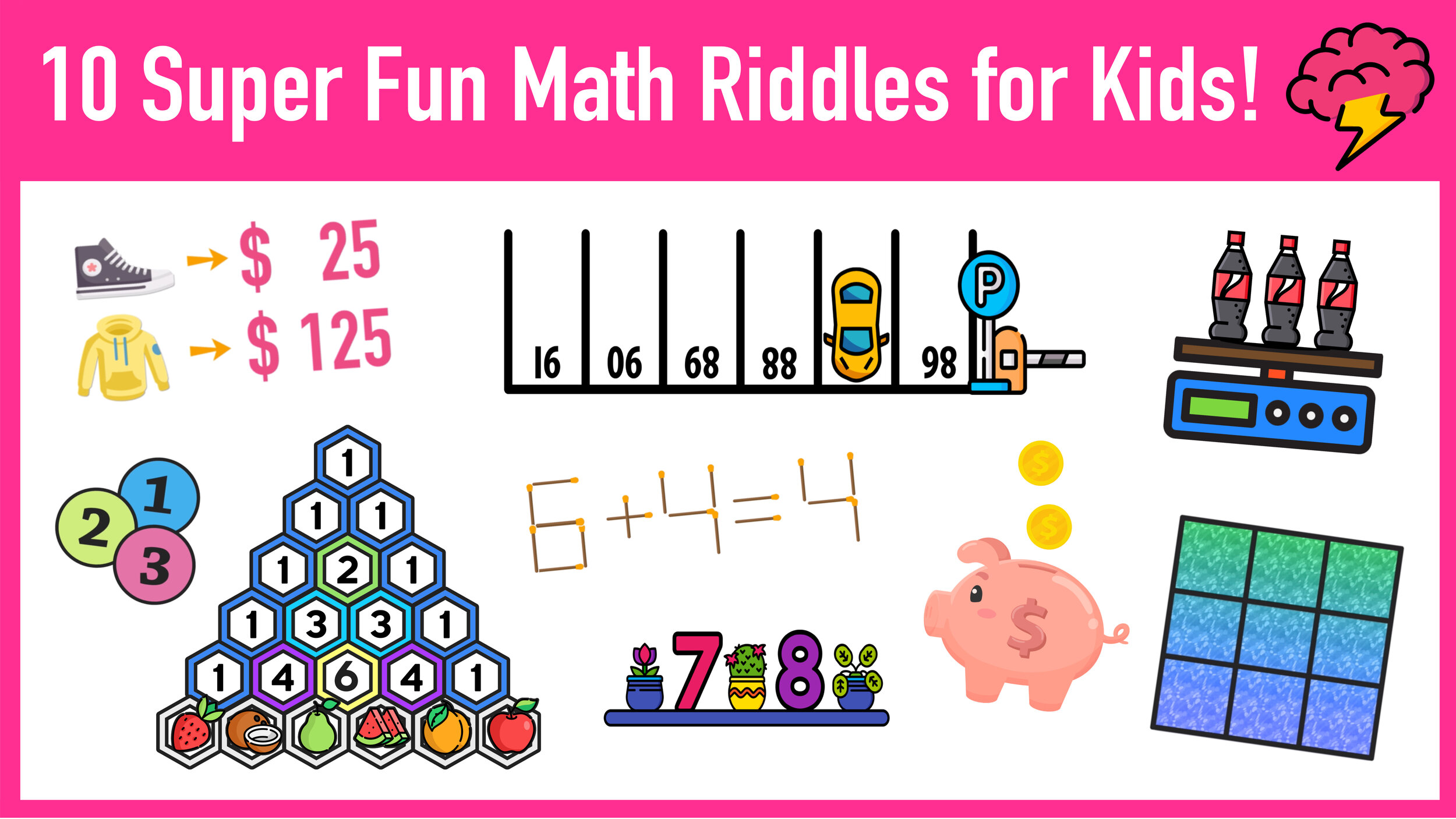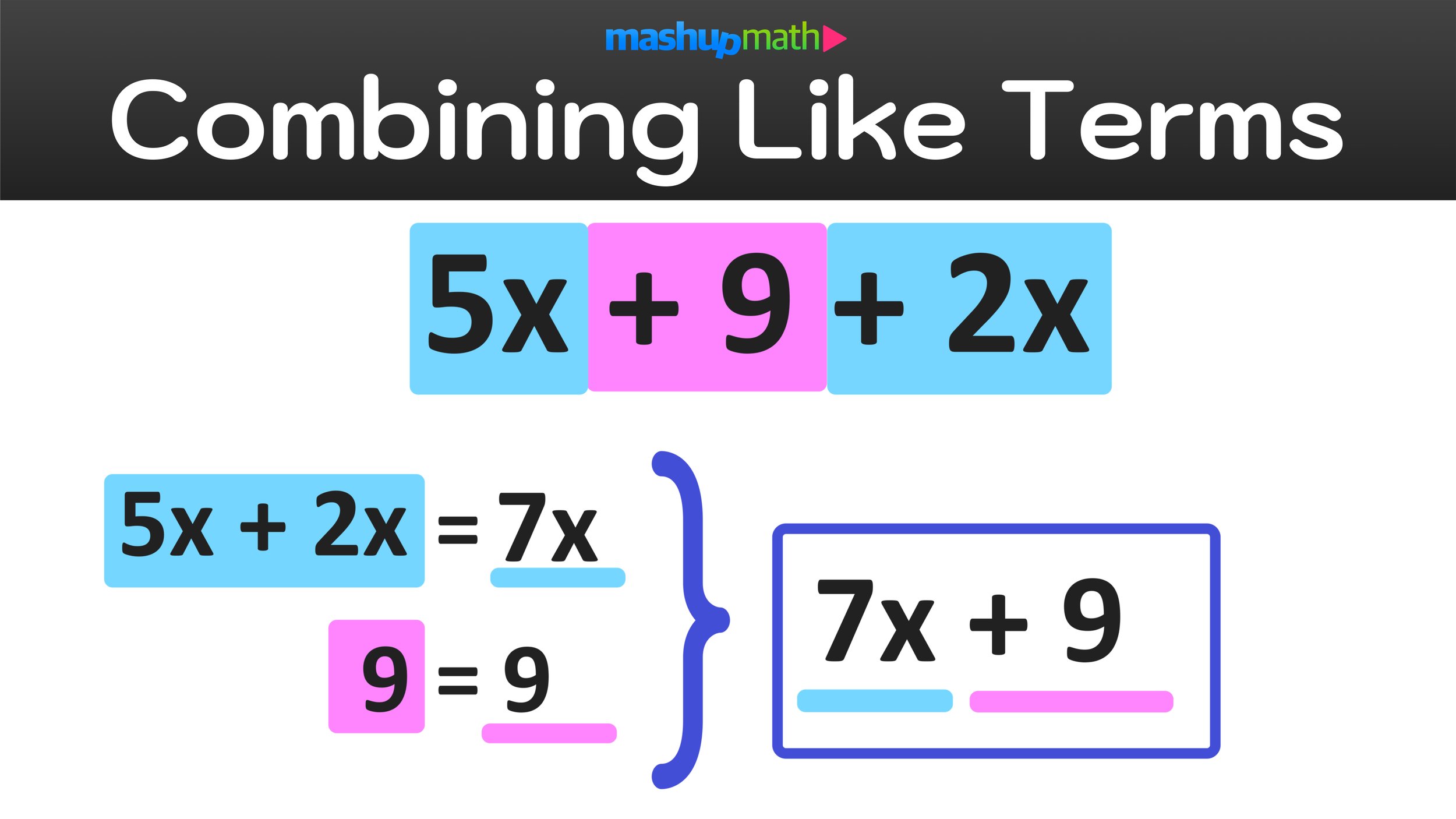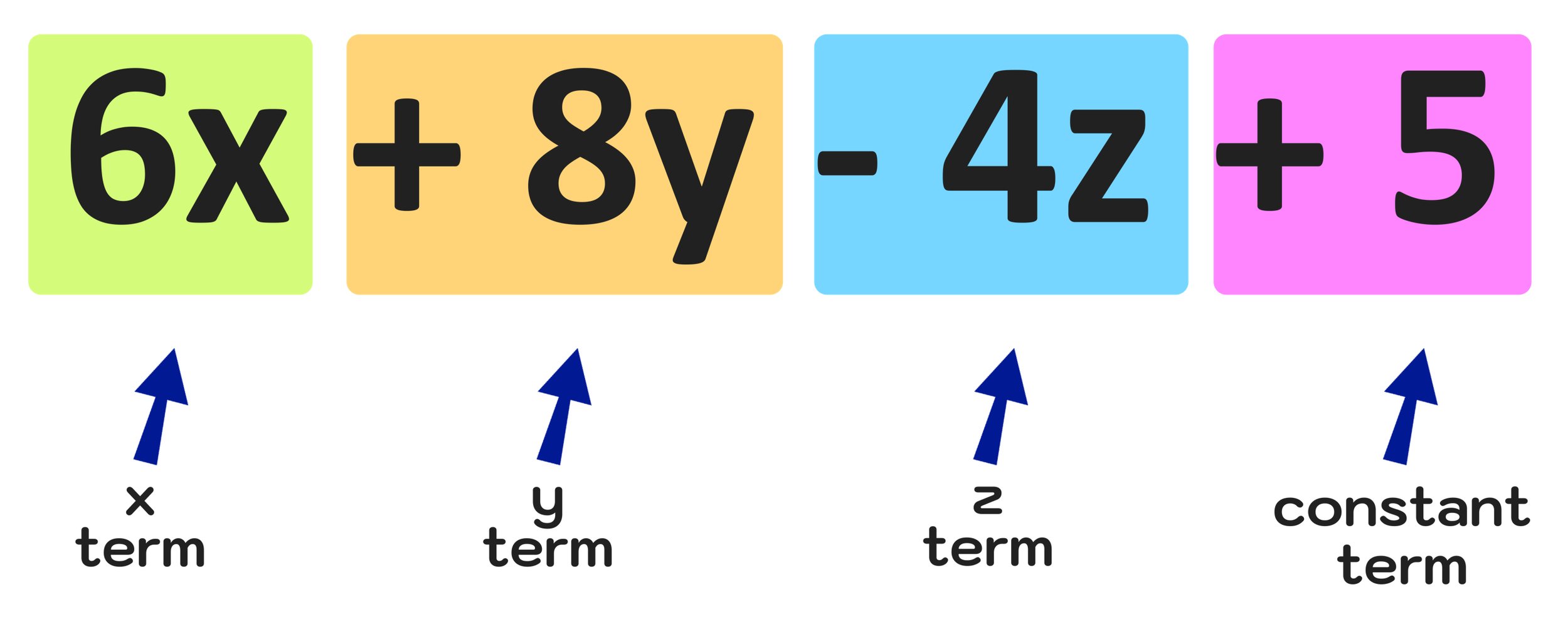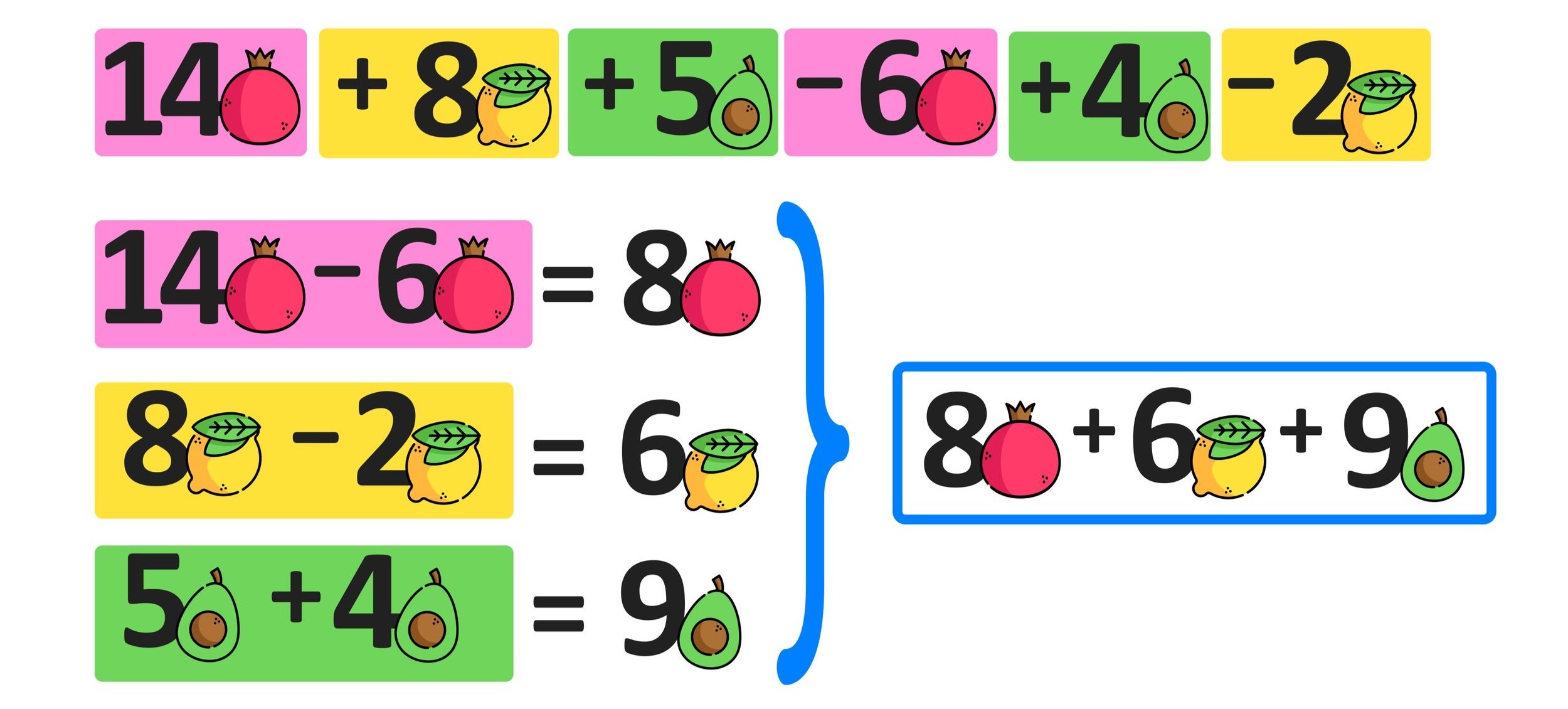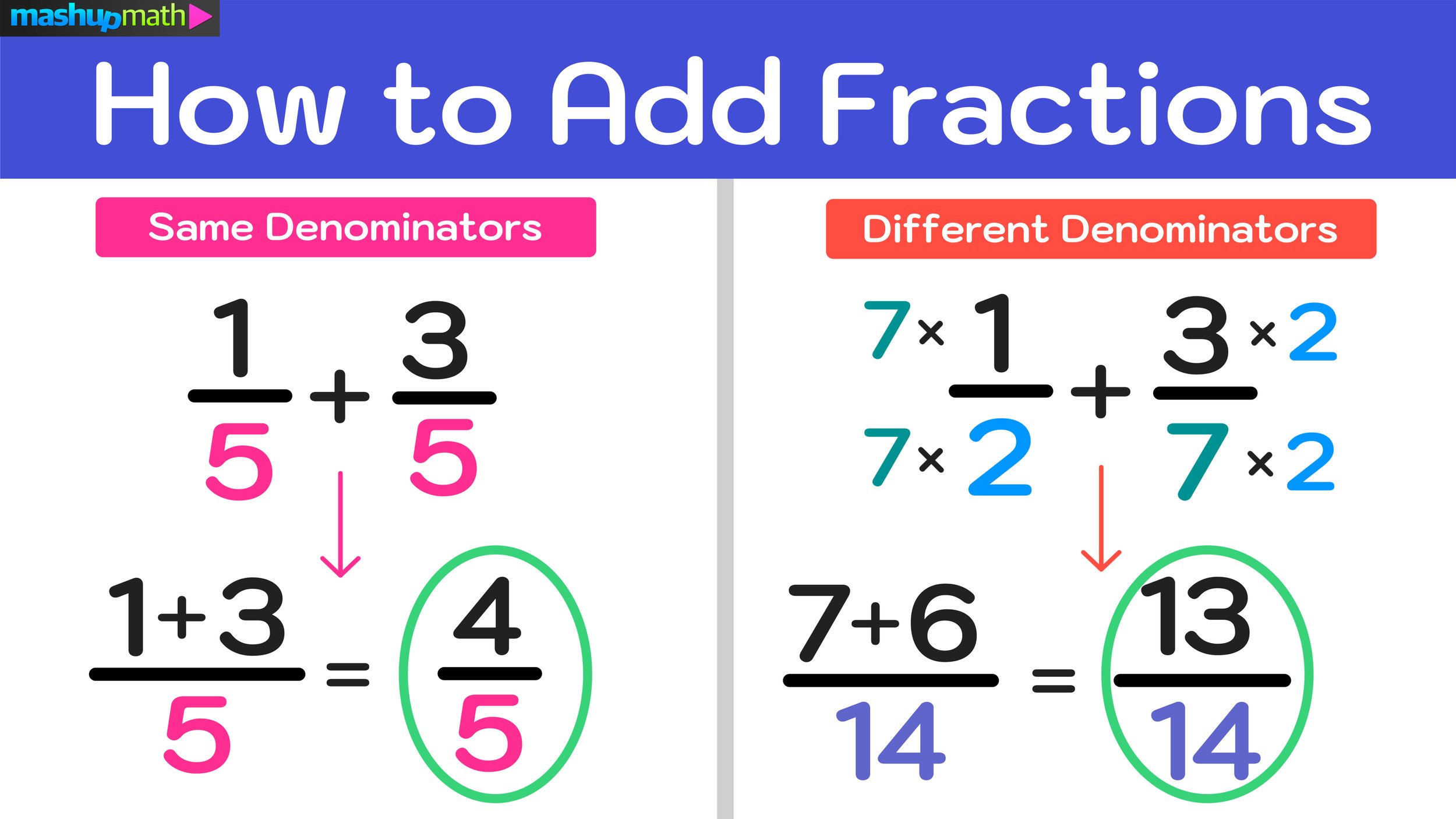How to Factorize a Cubic Polynomial
Step-by-Step Guide: How to Factor a Cubic Polynomial in 3 Easy Steps
In algebra, a cubic polynomial is an expression made up of four terms that is of the form:
ax³ + bx² + cx + d
Where a, b, c, and d are constants, and x is a variable. Polynomials in this form are called cubic because the highest power of x in the function is 3 (or x cubed).
Unlike factoring trinomials, learning how to factorize a cubic polynomial can be particularly tricky because using any type of guess-and-check method is extremely difficult. However, you can easily learn how to factor a cubic polynomial by using the grouping method described in this guide.
This free Step-by-Step Guide on How to Factorize a Cubic Polynomial will cover the following key topics:
While learning how to factor cubic polynomials can be challenging at first, you can develop your skills pretty quickly just by working through practice problems step-by-step until you become more comfortable with factoring cubic polynomials. So, this guide was designed to teach you everything you need to know about how to factor a cubic polynomial. We recommend that you read through this guide from start to finish and work through each example by following along step-by-step. By the end, you will be able to quickly and accurately factorize a cubic polynomial.
Figure 01: How to Factorize a Cubic Polynomial
What is a cubic polynomial?
As previously mentioned, a cubic polynomial is a math expression that is of the form ax³ + bx² + cx + d, where a, b, c, and d are all constants and x is a variable, and typically has four terms. Note that x is not the only letter that can be used as a variable in a cubic polynomial. Also, the number in front of any variable is referred to as a coefficient.
Additionally, the terms of a cubic polynomial are the individual “pieces” of the expression, separated by an addition or subtraction sign.
For example, the cubic polynomial in Figure 01 above, x³ + 3x² + 2x + 6 has four terms:
1st Term: x³
2nd Term: 3x²
3rd Term: 2x
4th term: 6
Before you can learn how to factor a cubic polynomial, it is extremely important that you know how to recognize that given polynomial is cubic, so make sure that you deeply understand what a cubic polynomial is before moving forward in this guide.
Figure 02: Factoring a Cubic Polynomial
What does it mean to factorize a cubic polynomial?
In math, the factors of any polynomial represent components or “building blocks” of the polynomial. Whenever you factor a polynomial (cubic or otherwise), you are finding simpler polynomials whose product equals the original polynomial. Each of these simpler polynomials is considered a factor of the original polynomial.
For example, the binomial x² - 100 has two factors (x + 10) and (x-10).
Why? Lets take a look at what happens when we find the product of the factors by double distributing:
(x+10)(x-10) = x² + 10x - 10x - 100 = x² + 0 - 100 = x² - 100
Notice that the result was the original polynomial, x² - 100.
Since cubic polynomials (four terms) are more complex than binomials (two terms), their factors will also be a little more complex, but the idea is still the same—factoring a cubic polynomial involves finding simpler polynomials or “building blocks” whose product is the original cubic polynomial.
And, to factorize a cubic polynomial, we will be using a strategy called grouping that will allow you to factor any cubic polynomial (assuming that it is factorable at all) using 3 easy steps. So, lets go ahead and work three practice problems to give you some experience with factoring cubic polynomials by grouping.
Now that you understand the key terms and the difference between a polynomial with 2 terms, 3 terms, and 4 terms.
For factoring each type of polynomial, we will look at two methods: GCF, direct factoring, and, sometimes, a combination of the two.
Let’s get started!
How to a Factorize a Cubic Polynomial Examples
Now, you will learn how to use the follow three steps to factor a cubic polynomial by grouping:
Step One: Split the cubic polynomial into two groups of binomials.
Step Two: Factor each binomial by pulling out a GCF
Step Three: Identify the factors
As long as you follow these three steps, you can easily factor a given polynomial, though note that not all cubic polynomials are factorable."
We will start by factoring the cubic polynomial shown in Figure 01: x³ + 3x² + 2x + 6
Example #1: Factor x³ + 3x² + 2x + 6
Figure 03: We have to find the factors of x³ + 3x² + 2x + 6
To factorize this cubic polynomial, we will be applying the previously mentioned 3-step method as follows:
Step One: Split the cubic polynomial into groups of two binomials.
To factor this cubic polynomial, we will be using the grouping method, where the first step is to split the cubic polynomial in half into two groups.
Figure 04: The first step to factoring a cubic polynomial is to split it into groups of two binomials.
For Example #1, at the end of the first step, you have split the cubic binomial down the middle to form two groups of binomials:
(x³ + 3x²)
(2x + 6)
Why are you splitting the cubic polynomial like this? Notice that it is not possible to pull a Greatest Common Factor (GCF) out of the original cubic polynomial x³ + 3x² + 2x + 6. The goal of the first step is to create two separate binomials, each with a GCF that can be “pulled out.”
Figure 05: Make sure that each individual binomial has a GCF before moving onto the next step.
Step Two: Factor each binomial by pulling out a GCF
Again, the purpose of the first step is to split the cubic polynomial into two binomials, each with a GCF. Before moving forward, ensure that each individual binomial has a GCF; otherwise, you may need to swap the positions of the middle terms (3x² and 2x). Swapping these middle terms is not required for this first example; however, we will work through an example later on where this is required.
Now, for step two, you can divide the GCF out of each grouping as follows:
(x³ + 3x²)→ x²(x +3)
(2x + 6) → 2(x + 3)
This process of pulling the GCF out of each binomial is illustrated in Figure 05 below.
Figure 06: To factorize a cubic function, split it into two groups and then pull a GCF out of each group.
Step Three: Identify the factors
After completing the second step, you are left with:
x²(x +3) + 2(x+3)
Notice that both groups share a common term, which, in this case, is (x+3). This result is expected and is a signal that you are factoring the cubic polynomial correctly. If the groups do not share a common terms, then it is likely that the cubic polynomial is not factorable or that you made a mistake pulling out the GCF.
However, since you factored each group and ended up with a common factor of (x+3), you can move on to determining the factors of the cubic polynomial.
The illustration in Figure 06 above color-codes how you use the results from step two to determine the factors of the cubic polynomial.
You already know that one of the factors is (x+3). To find the other factor, you can simply take the two “outside” terms, in this case, x² and +2.
x²(x +3) + 2(x+3) → (x²+2)(x+3)
Final Answer: The factors of x³ + 3x² + 2x + 6 are (x²+2) and (x+3)
The entire 3-step method that we just used to factor a cubic polynomial by grouping is shown in Figure 07 below:
Figure 07: How to factorize a cubic polynomials step-by-step
How can you check if your factors are actually correct? You can perform double distribution to multiply the binomials together to see if the result is indeed the cubic polynomial that you started with. If it is, then you know that you have factorized correctly.
You can see in Figure 08 below that multiplying the factors together does indeed result in the original cubic polynomial, so you know that your factors are correct:
(x²+2)(x+3) = x³ + 3x² + 2x + 6
Figure 08: Check your answer using double distribution
Now, lets go ahead and work through another example of how to factor a cubic polynomial.
Example #2: Factor 2x³ - 3x² + 18x - 27
Just like in the first example problem, you can use the 3-steps for factoring a cubic polynomial by grouping as follows:
Figure 09: Find the factors of the cubic polynomial 2x³ - 3x² + 18x - 27
Step One: Split the cubic polynomial into groups of two binomials.
After splitting this cubic polynomial, you end up with these two groups: (2x³ - 3x²) and (18x-27)
Figure 10: Step One: Split the cubic polynomial into two groups
Step Two: Factor each binomial by pulling out a GCF
Next, divide a GCF out of each group (if possible) as follows:
(2x³ - 3x²) → x²(2x - 3)
(18x - 27) → 9(2x - 3)
This process of pulling a GCF out of each group is illustrated in Figure 11 below:
Figure 11: Factorize a cubic polynomial
Step Three: Identify the factors
Since both factors have a common term, (2x-3), you know that you have likely factored correctly and you can move onto identifying the factors.
Final Answer: (x²+9) and (2x-3) are the factors of the cubic polynomial 2x³ - 3x² + 18x - 27.
All of the steps for solving Example #2 are illustrated in Figure 12 below.
Figure 12: The factors are (x²+9) and (2x-3)
Just like the last example, you can check to see if your final answer is correct by multiplying the factors together and seeing if the result equals the original cubic polynomial.
Example #3: Factor 3y³ + 18y² + y + 6
Finally, lets work through one more example where you have to factorize a cubic polynomial.
Step One: Split the cubic polynomial into groups of two binomials.
Again, the first step is to split the cubic polynomial down the middle into two binomials as shown in Figure 13 below.
Figure 13: Factoring a cubic polynomial by grouping.
As shown in Figure 13 above, splitting the polynomial down the middle leaves you with these two groups: (3y³ +18y²) and (y+6)
Remember that the whole point of splitting the cubic polynomial is to create two binomials that each have a GCF. But notice that the second binomial, (y+6), is not factorable because there is no GCF between +y and +6.
But, as previously mentioned, this doesn’t mean that you can not solve this problem further. In fact, the commutative property of addition allows you to swap the positions of the two middle terms (18y² and +y).
This extra step of swapping the two middle terms is illustrated in Figure 14 below.
Figure 14: Sometimes you have to swap the positions of the middle terms in order to factorize a cubic polynomial.
After swapping the positions of the middle terms, you can now apply the 3-step method to factoring the equivalent polynomial: 3y³ + y + 18y² + 6 (this new cubic polynomial is equivalent to the original because the commutative property of addition allows you to rearrange the terms without changing the value of the expression).
Now, you actually can split the new cubic polynomial into groups that can be factoring by dividing out a GCF: (3y³ + y) and (18y² + 6)
Figure 15: After swapping the positions of the middle terms, you can continue on with factoring the cubic polynomial.
Step Two: Factor each binomial by pulling out a GCF
As shown in Figure 15 above, you can factor each group by pulling out a GCF as follows:
(3y³ + y) → y(3y² + 1)
(18y² + 6) → 6(3y² + 1)
Step Three: Identify the factors
Finally, you can conclude that:
Final Answer: The factors are (y+6) and (3y² + 1)
The step-by-step process to solving this 3rd example are shown in Figure 16 below. Again, you can make sure that your final answer is correct by multiplying the factors together and verifying that their product is equivalent to the original cubic polynomial.
Figure 16: How to factorize a cubic polynomial when you have to swap the middle terms.
How to Factorize a Cubic Polynomial: Conclusion
It is beneficial to understand how to factorize a cubic polynomial because the skill will allow you to simplify and understand the behavior of cubic functions as you continue onto higher levels of algebra and begin to explore topics like finding roots, analyzing graphs, and solving cubic equations.
Factoring cubic functions can be challenging, but you can always use the following 3-step grouping method described in this guide to successfully factor a cubic polynomial (assuming that it is factorable in the first place):
Step One: Split the cubic polynomial into groups of two binomials.
Step Two: Factor each binomial by pulling out a GCF
Step Three: Identify the factors



